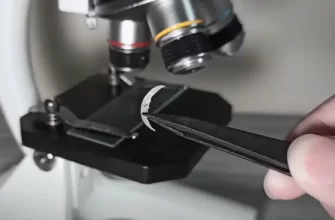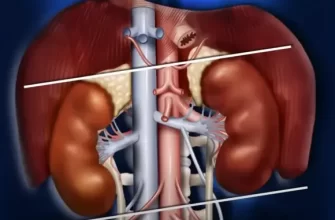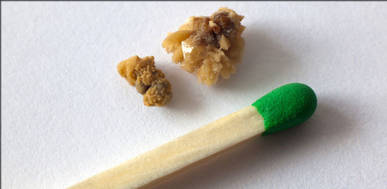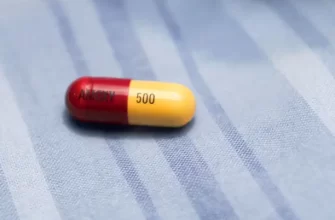Hemolytic Uremic Syndrome (HUS) is a rare but serious condition primarily characterized by the destruction of red blood cells, acute kidney failure, and low platelet count. It is most commonly observed in children and often follows an infection by certain strains of E. coli bacteria, although other factors can also contribute to its development.
Etiology and Risk Factors
- Infectious Origin: The primary cause of HUS, particularly in children, is infection with Shiga toxin-producing E. coli (STEC), notably E. coli O157:H7.
- Genetic Factors: Atypical HUS (aHUS) can arise due to genetic mutations, affecting complement regulation.
- Other Causes: Certain medications, other infections, and in rare cases, pregnancy can lead to HUS.
Clinical Manifestations
HUS typically presents with a triad of symptoms:
- Microangiopathic Hemolytic Anemia: This manifests as fatigue, pallor, and jaundice due to the destruction of red blood cells.
- Thrombocytopenia: A reduced platelet count leads to bruising, bleeding, or petechiae.
- Acute Renal Impairment: Symptoms can include reduced urine output, hematuria, and in severe cases, anuria.
Pathophysiology
The central pathophysiological process in HUS involves a cascade triggered by the Shiga toxin which damages endothelial cells in small blood vessels, leading to platelet activation and clumpin. These microthrombi cause mechanical damage to red blood cells as they pass through narrow vessels, leading to hemolysis, and simultaneously reduce blood flow to the kidneys, causing renal injury.
Diagnosis
Diagnosis is based on a combination of clinical assessment and laboratory findings:
- Laboratory Tests: Complete blood count, reticulocyte count, blood smear, kidney function tests, stool tests for STEC.
- Imaging: Kidney ultrasound may be performed to assess the extent of renal damage.
- Biopsy: In uncertain cases, a kidney biopsy might be warranted.
Management and Treatment
Immediate management focuses on supportive care, which may include:
- Fluid and Electrolyte Management: To maintain hydration and correct imbalances.
- Blood Transfusions: If necessary, due to anemia or bleeding.
- Dialysis: In cases of severe renal impairment to assist with waste removal and fluid balance.
- Eculizumab: This monoclonal antibody may be used in cases of aHUS.
- Antibiotics: Not typically recommended in STEC-HUS, as they may increase toxin release.
Prognosis
The overall prognosis for HUS is cautious but optimistic with appropriate treatment. Many patients recover kidney function, though some may require long-term dialysis or even renal transplantation. Mortality rates have decreased with improved supportive care, though the syndrome remains a significant cause of acute kidney injury in children.
Prevention
Preventive measures mainly involve reducing the risk of STEC infection through proper food handling, cooking meat thoroughly, avoiding unpasteurized dairy products, and practicing good hygiene.
Conclusion
Hemolytic Uremic Syndrome, though infrequent, mandates prompt recognition and careful management due to its potentially life-threatening complications. Epidemiological awareness, coupled with advances in supportive and targeted therapies, have enhanced patient outcomes. Nonetheless, further research remains essential to uncover improved treatment modalities, particularly for atypical presentations and in reducing the long-term impacts on renal function.









